What is a Bunion?
Bunions are a common and often painful foot condition that many people experience, especially later on in life. Let’s dive into what bunions are, their symptoms, risk factors, prevention and how we can manage them effectively – as well as the treatments offered by Orthotics Plus.
A bunion, medically known as hallux valgus, is an angulation of the big toe that results in a bony lump forming on the medial aspect (inside) of the foot.
This deformity can significantly impact your ability to wear shoes comfortably and walk without pain.
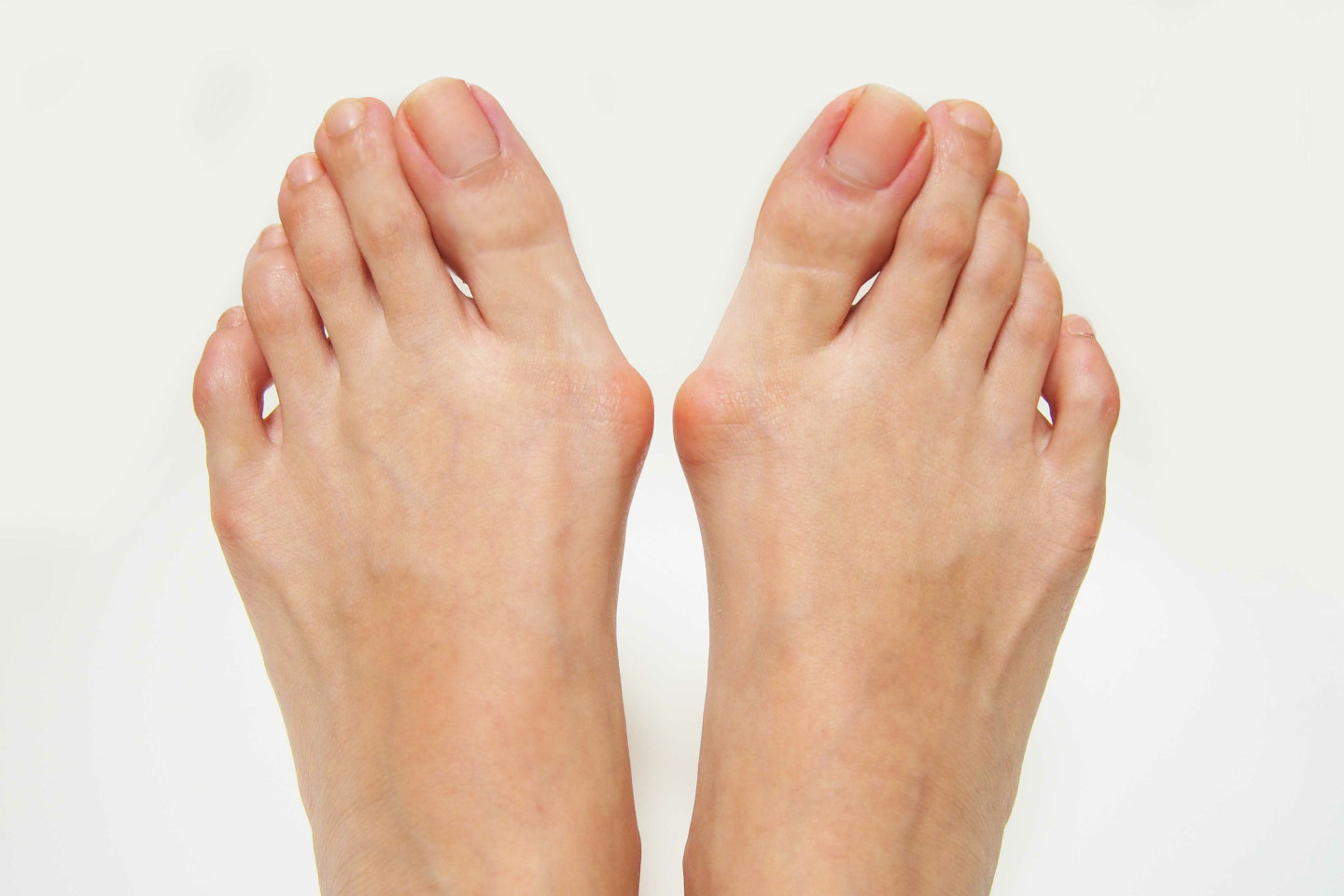
Common Symptoms of Bunions
Bunions come with a variety of symptoms beyond the visible lump:
- Thickening of the Big Toe Joint: The first metatarsophalangeal joint (the big toe joint) can thicken and develop bony spurs due to the misalignment.
- Arthritis: The misalignment can lead to joint wear and tear, resulting in arthritis.
- Pain and Discomfort: The joint itself can become painful, and finding comfortable footwear becomes challenging.
- Secondary Pain: Often, individuals develop pain and calluses under the second metatarsal head (the toe next to the big toe) because it takes on more load due to the misaligned big toe.
- Other toe issues: Due to the big toe crossing over the smaller toes blisters and pressure issues can occur
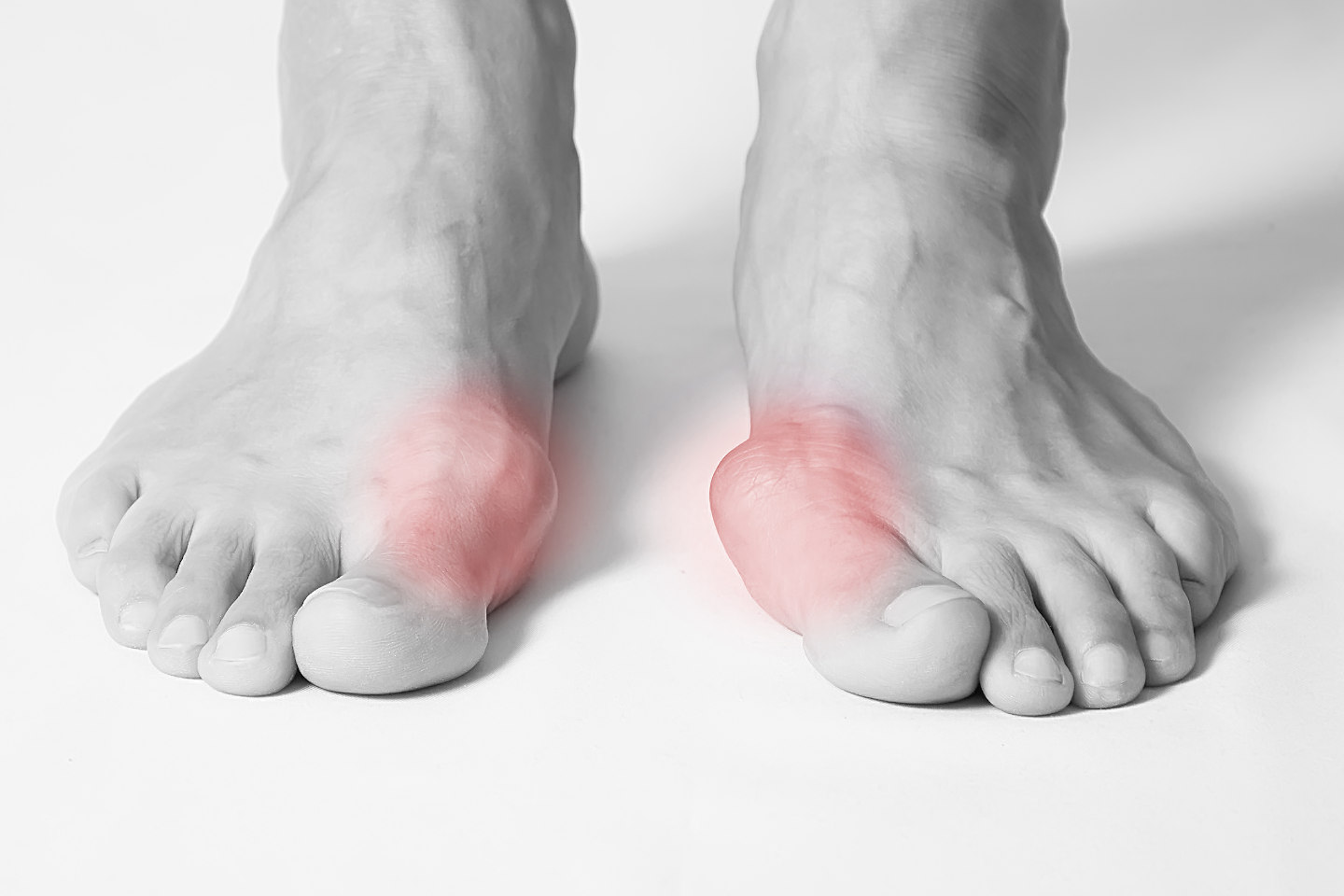
Who is Affected by Bunions?
Bunions are more common in women and are largely driven by a mixture of genetics and footwear selection.
While bunions can appear in the teenage years, they are more frequently observed later in life, typically after the age of 40 or 50.
Weak connective tissue, poor foot posture and those who wear shoes with a narrow toe box are more likely to develop bunions. Once a bunion begins to form it is very difficult to stop due to the strong tendons in the foot becoming out of alignment and not pulling down the long axis of the toe. Over time this contributes to the gradual misalignment of the bones in the big toe, leading to a bunion.
Additionally, as people age, the ligaments, muscles and tendons in the feet may weaken, making it easier for bunions to form.
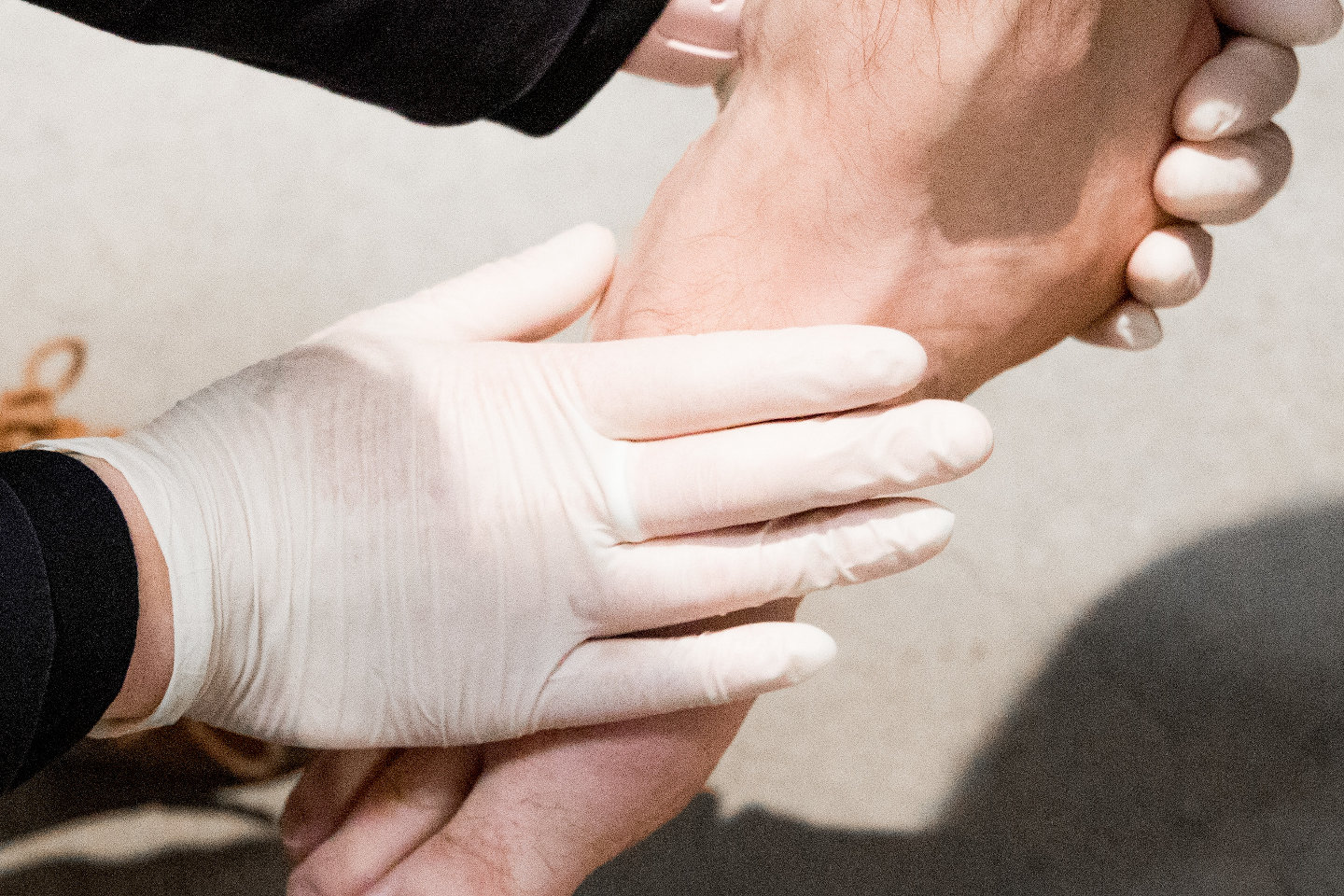
Risk Factors for Developing Bunions
Several factors can contribute to the development of bunions, including:
- Genetics: A significant factor, making it harder to prevent if you have a family history of bunions. Those with this risk factor should be particularly cautious about shoe selection and foot health
- Footwear: Wearing pointy-toed shoes or high heels can accelerate bunion formation. Even a gentle pressure over a long period of time can change your foot shape.
- Activities: Activities that overly stretch your big toe structures, such as ballet, may contribute to bunions.
- Foot Structure: Flat feet are commonly associated with bunions, however if this is due to their association with weaker connective tissue and hypermobility or the cause is unknown. Theoretically overpronation puts more pressure on the big toe medially which may encourage the angulation of the big toe, leading to bunions.
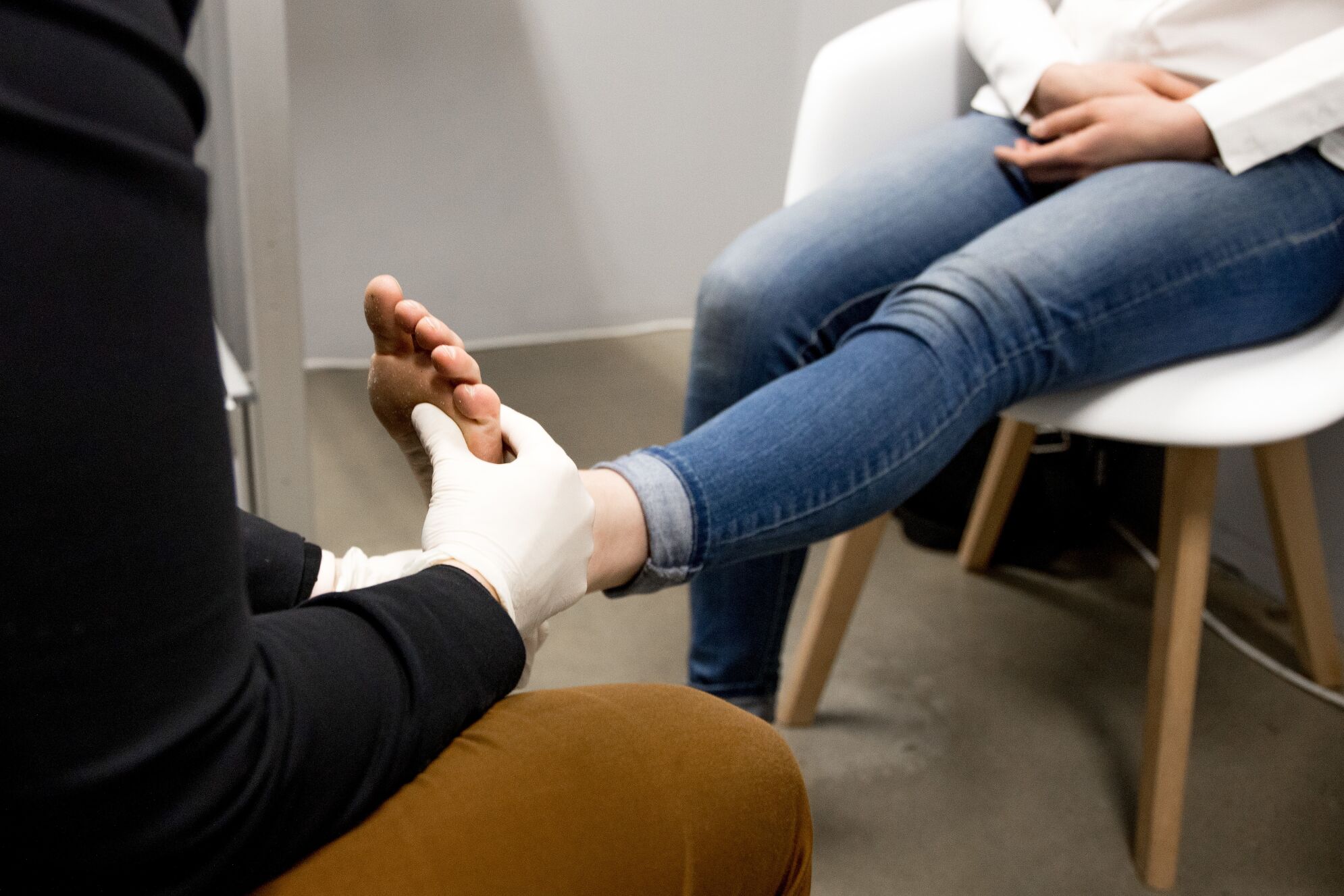
Orthotic Advice and Treatment Options
While it’s not possible to reverse a bunion, there are ways to manage the symptoms and slow progression. At Orthotics Plus, we focus on symptom relief and improving foot function.

Orthotic Solutions
- Custom Orthotics: These can help redistribute pressure away from the second metatarsal head and support the arch, reducing the load on the big toe joint.
- Footwear Advice: Choosing shoes with a wider and broader forefoot can alleviate discomfort and prevent worsening of the bunion. We can also modify your shoes to alleviate pressure when needed.
- Bunion Splints: In our opinion these splints do not work and are rarely tolerated when used to ‘correct’ an already established bunion. If they work in the early phase of the condition is unknown.
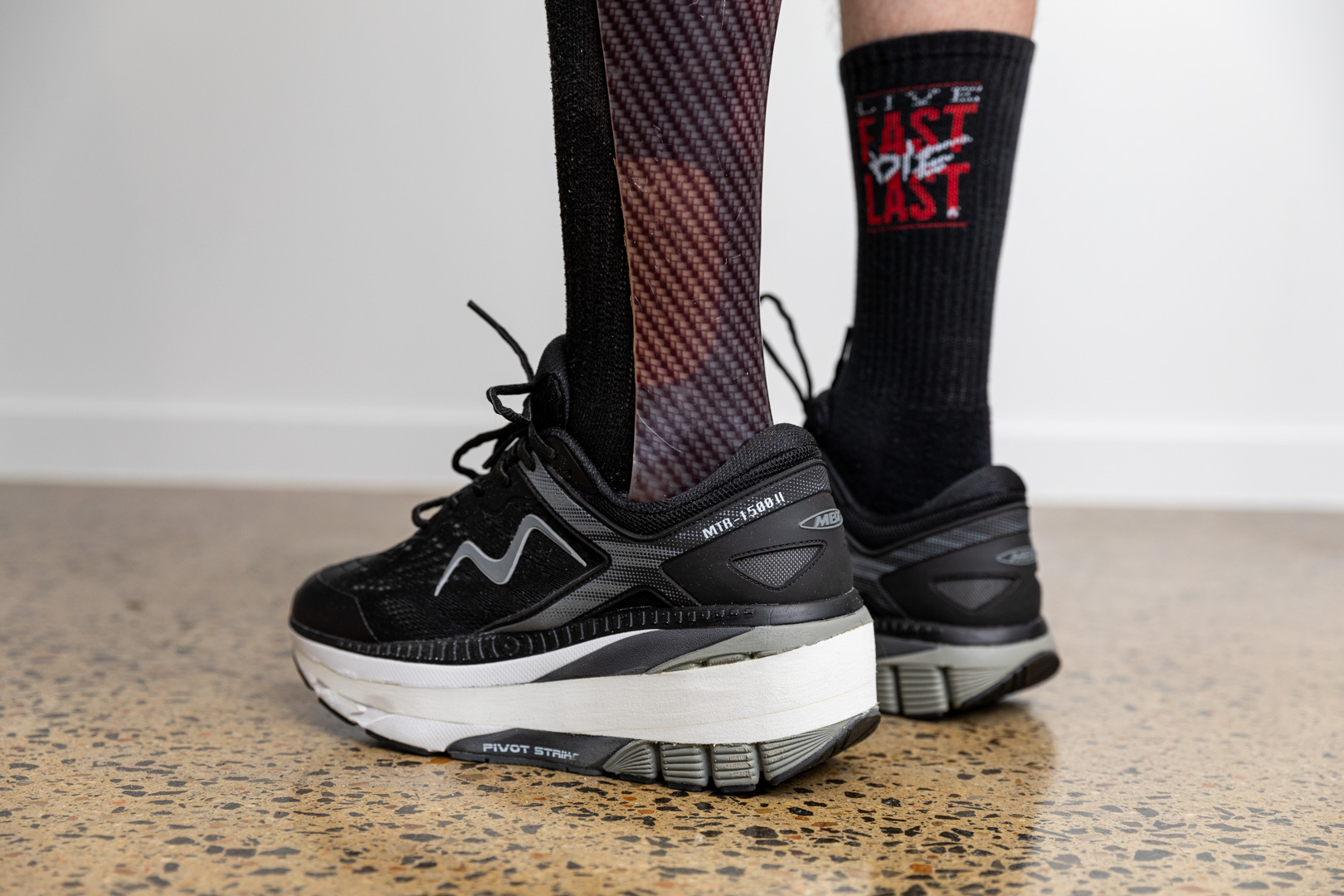
Other Non-Invasive Treatments
- Symptom Management: Splints and toe spacers are generally ineffective at correcting the bunion but can provide some temporary relief.
- Shoe modifications: At Orthotics Plus we have equipment we can use to spot stretch out the area a bunion presses on your shoe. We can also cut sections from your shoe and add a soft material called a ‘balloon patch’.
- Lifestyle Adjustments: Avoiding high heels and pointy-toed shoes can slow the progression and reduce pain.
- Foot strengthening: Strengthening your feet and doing corrective exercises may prevent bunions or alleviate symptoms.
When to See an Orthotist
If you notice changes in your toe alignment or begin to experience symptoms, it’s essential to contact an orthotist. Early intervention can help manage pain, slow the progression of the bunion, and potentially delay the need for surgery later in life.
Bunions can be a painful and disruptive condition, but understanding the causes and available treatments can help you manage them effectively. If you’re experiencing symptoms or noticing changes in your foot structure, don’t hesitate to reach out to a professional.
At Orthotics Plus, we are dedicated to providing the best care to help you live a pain-free life. Contact us today.
